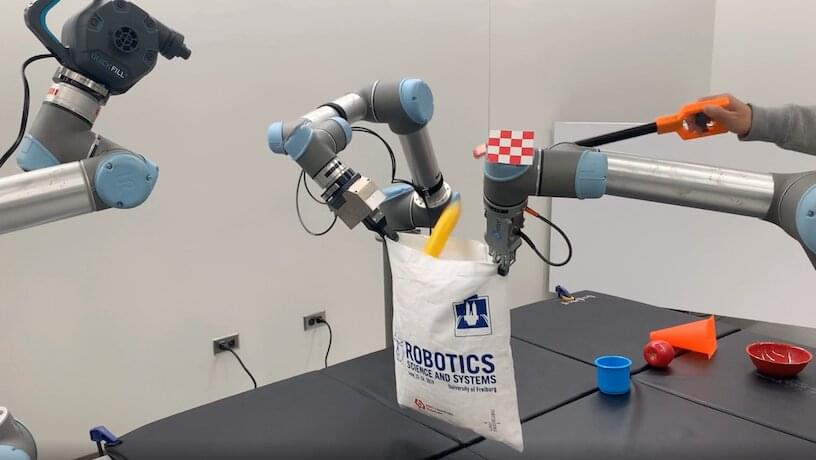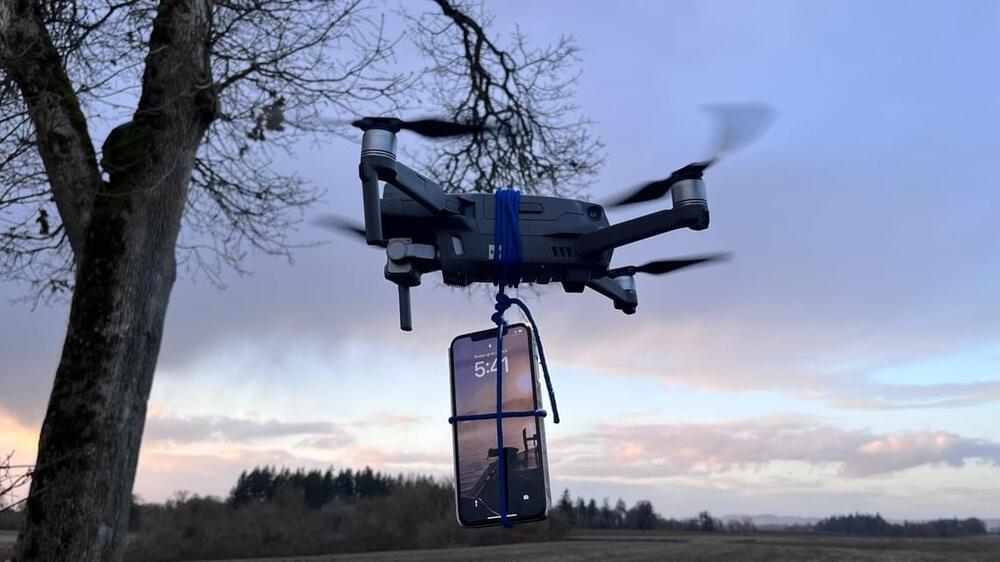Mar 8, 2023
When will Antarctica’s ice cliffs come crashing down?
Posted by Shubham Ghosh Roy in category: futurism
Researchers challenge their own assumptions to improve sea-level rise predictions.
Estimated reading time: 4 minutes.
Researchers challenge their own assumptions to improve sea-level rise predictions.
Estimated reading time: 4 minutes.

Microsoft revealed an AI-powered Bing chatbot in February, dubbing it “the new Bing.” But what can you actually do with the new Bing, and where does it fall short?
The new Bing is impressive for an automated tool, as it can not only answer questions in full sentences (or longer paragraphs), but it can also draw information from recent web results. The web features give it an edge over ChatGPT, which has limited knowledge of current events and facts, but it still has problems providing factual answers or helpful responses. That significantly affects its usefulness as a tool, though Bing’s ability to cite sources can help you double-check its responses.
Machine intelligence is helping astronomers analyse vast datasets from radio telescopes — and finding previously unseen signals of interest.

Robots are all around us, from drones filming videos in the sky to serving food in restaurants and diffusing bombs in emergencies. Slowly but surely, robots are improving the quality of human life by augmenting our abilities, freeing up time, and enhancing our personal safety and well-being. While existing robots are becoming more proficient with simple tasks, handling more complex requests will require more development in both mobility and intelligence.
Columbia Engineering and Toyota Research Institute computer scientists are delving into psychology, physics, and geometry to create algorithms so that robots can adapt to their surroundings and learn how to do things independently. This work is vital to enabling robots to address new challenges stemming from an aging society and provide better support, especially for seniors and people with disabilities.
Continue reading “Engineers use psychology, physics, and geometry to make robots more intelligent” »
Artificial intelligence can create images based on text prompts, but scientists unveiled a gallery of pictures the technology produces by reading brain activity. The new AI-powered algorithm reconstructed around 1,000 images, including a teddy bear and an airplane, from these brain scans with 80 percent accuracy.

Delta is a backyard wilderness listening device to bring you the sounds of nature we usually miss in cities.
The founder of Rainforest Connection whose listening devices capture jungle sounds, comes Delta, a device for hearing nature in the city.

Stranded with no obvious way out, the man came up with a plan on how to alert rescuers to his situation. He attached his cellphone to a drone he had in his vehicle. He typed out a text on his phone to a friend describing what had happened and his exact location. Then he hit send on the text and launched the drone several hundred feet into the air. That high up, the phone was able to connect to service and send the text.
The man’s friend received the text, reached out to authorities and rescue crews were able to locate the man and rescue him. During the rescue trip, crews also found and rescued another driver who’d been stranded nearby in the snow for multiple days.
Using NASA’s Chandra X-ray observatory, astronomers have performed deep X-ray observations of a nearby active galaxy known as NGC 5,728 and its active galactic nucleus (AGN). Results of the observational campaign, published March 1 on the pre-print server arXiv, deliver important information regarding the properties of this AGN and the emission from it.
AGN are compact regions at the center of a galaxy, more luminous than the surrounding galaxy light. They are very energetic due either to the presence of a black hole or star formation activity at the core of the galaxy.
Located some 146 million light years away in the constellation of Libra, NGC 5,728 is an active barred spiral galaxy with a size of nearly 100,000 light years and an estimated mass of about 72 billion solar masses. It is a Seyfert galaxy of type 1.9, with a heavily obscured and complex AGN powered by a supermassive black hole (SMBH) at its center.
Similar in function to ballast tanks in submarines or fish bladders, many water-based bacteria use gas vesicles to regulate their floatability. In a new publication in Cell, scientists from the Departments of Bionanoscience and Imaging Physics now describe the molecular structure of these vesicles for the first time. These gas vesicles were also recently repurposed as contrast agents for ultrasound imaging.
Gas vesicles (GVs) are hollow, cylindrical nanostructures made of a thin protein-based shell and filled with gas. Similar in function to ballast tanks in submarines or fish bladders, many water-based bacteria use these structures to regulate their floatability. “For example, certain cyanobacteria use gas vesicles to float to the surface in order to harvest light for photosynthesis, a phenomenon sometimes seen at enormous scale in toxic algal blooms,” says Arjen Jakobi, Assistant Professor at the Department of Bionanoscience.
There are very specific requirements for such structures: for bacteria to stay afloat, GVs must occupy a substantial proportion of the cell, which involves forming compartments that extend over hundreds of nanometers in size. To maximize floatability, the shell must be constructed from minimal material. At the same time, the shell needs to provide resistance to the pressure from the surrounding water to maintain the ability to float with changes in water depth. GVs have therefore evolved as rigid, thin-walled structures composed of a single protein that repeats many thousands of times to form the GV shell.
New calculations suggest that the event horizons around black holes will ‘decohere’ quantum possibilities — even those that are far away.
